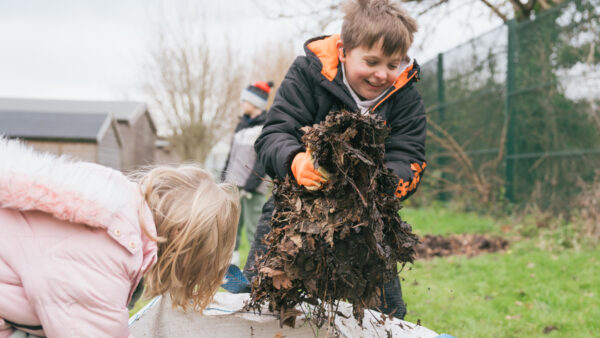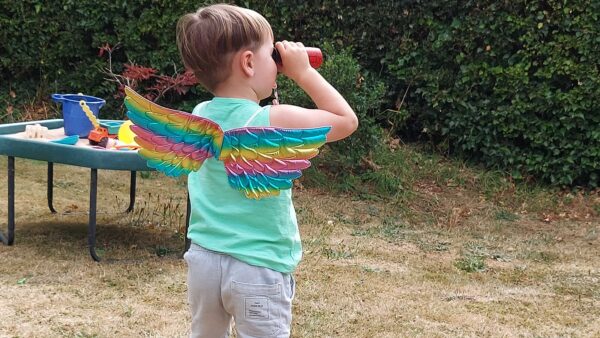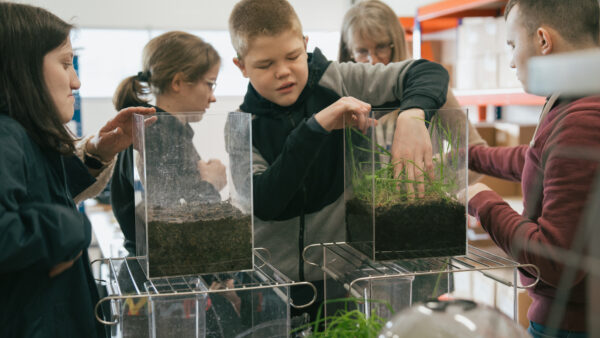All children benefit from being outside, interacting with their environment, learning from nature and developing through play. These experiences can be especially powerful for children with disabilities and inclusive play makes these opportunities available to all children, regardless of ability and background. Inclusive play doesn’t mean that every element is accessible to everyone, but it does mean that the combination of experiences adds to something equally great for each child. Some children can’t climb to the top of a rope, some don’t want to, others really need to. The same is true with quieter, more creative activities. Diverse and flexible opportunities are needed.
It doesn’t need to be complicated, but it does require thought. It means thinking about what different children can access - what can a child engage with if they use a wheelchair, or if they have autism or get distracted easily? Can disabled and non-disabled friends and siblings play together?
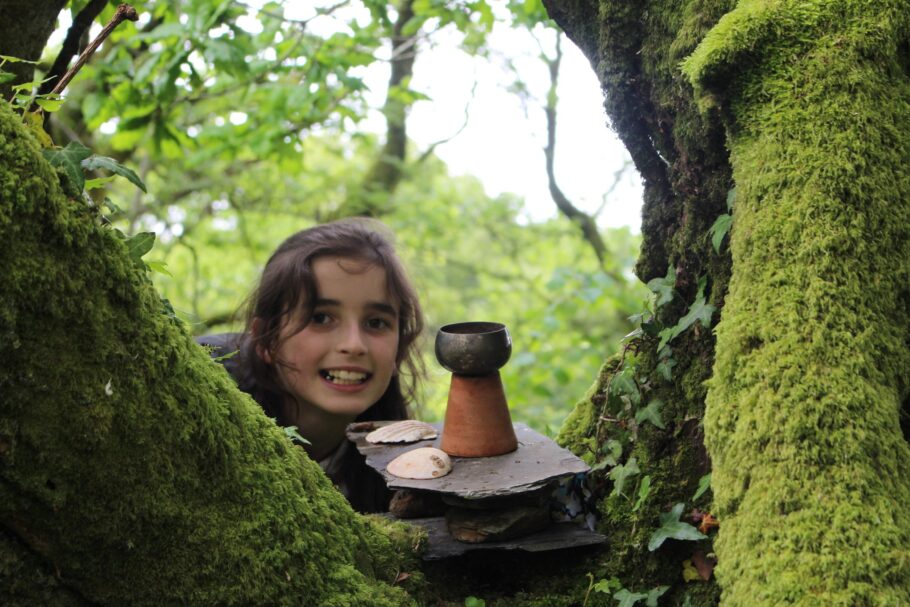
Diversity of play
Play is by nature diversity - how does this get missed so often in play design? Play can be physical, noisy and challenging, but equally it can be quiet, creative and reflective. Some children love the social aspects, others need more contemplative space.
Some children want to charge about and others are happier quietly playing in a sand pit. Some will be more prone to injury from others knocking into them.
Diversity of children
Some children use wheelchairs, either all or part of the time, and some use walking aids. Children with certain health conditions have reduced stamina or may need to avoid boisterous play.
Visual impairment can mean total blindness but more often partial sight with ability to make out some colours, contrasts and patterns.
Hearing impairment may be total deafness, and for some BSL as a primary language, and most commonly partial hearing.
Learning difficulties include leaning disability, sensory processing disorders, behavioural issues, Autism and specific forms like dyslexia.
Mental health problems can be short or long-term, and there is increasing prevalence of anxiety and depression in young people.
Designing inclusive play
Create a rich mix of play opportunities
- Physical: eg open space for running/wheeling, tree or logs for climbing and balance; a wall for ball games; open space for running/wheeling; markings for chalk games; play equipment for different physical challenges.
- Creative: eg quiet spaces with natural materials for making things; weeping trees and sensory domes for dens; story telling space; sensory plantings to support activities.
- Social: eg areas for chatting and reading; tables and chairs for card and board games; open spaces for group activities.
Engage the senses
All children benefit from an approach that engages all the senses so aim to maximise opportunities.
- Choose materials and activities to explore through all the senses - interesting textures, shapes, solidity, weight, pattern, colour, temperature.
- Heighten sensory stimuli in some areas, reduce it in others, to provide choice.
- Consider children with sensory impairments, eg things to explore through touch, reflected light or strong colours and contrast. Interest through sound and vibration.
Make different types of space
- Make spaces where children have a choice of busier, more active areas and quieter areas.
- Consider boundaries to reduce scope for children to wander, or for other security issues.
- Provide quiet space that serves as time-out for children who need it.
- Include shelter from inclement weather and strong sun, and seating.
- Zone for type of use and avoid segregation.
Make it accessible
- Children must be able to get to the play area - from school, home or car park - so think about the whole journey, not just the space itself.
- Within the play area, aim for a surface that has good impact absorption but is relatively firm (avoiding deep loose materials for example)
- Consider widths, height and reach for different children, including scope to include wheelchair-adapted play facilities.
- With physical play, choose a range of physical options - some focused more on upper body motor skills for example.
- Include options for wheelchair-users to fully engage. Ensure ‘run-about’ areas include options for trikes and wheelchairs.
- Consider accessible information and signage, for example including symbols, braille or pictorial images as appropriate.
Don't forget parents and families
- Make sure there is seating and shelter nearby for parents, grandparents and carers.
- They may have disabilities so ensure good access from seating into the play area so they can support their children.
- Ensure disabled and non-disabled siblings can play together.
Learn and share
- Consulting with children and families - before and after you design something - is your best way of finding out what children want and how well your design has succeeded.
- Search for examples of inclusive play and use the good ideas you find. Then be sure to share yours so everyone can learn from each other.
gofindit: inclusive outdoor play
We designed gofindit in response to parents and teachers wanting to encourage children to engage their senses through play. Tested and developed alongside children with disabilities, gofindit can be played and enjoyed by all ages and abilities.
The accessible design supports word recognition and language development and the flexible playing options allow everyone to get outdoors and engage with nature.
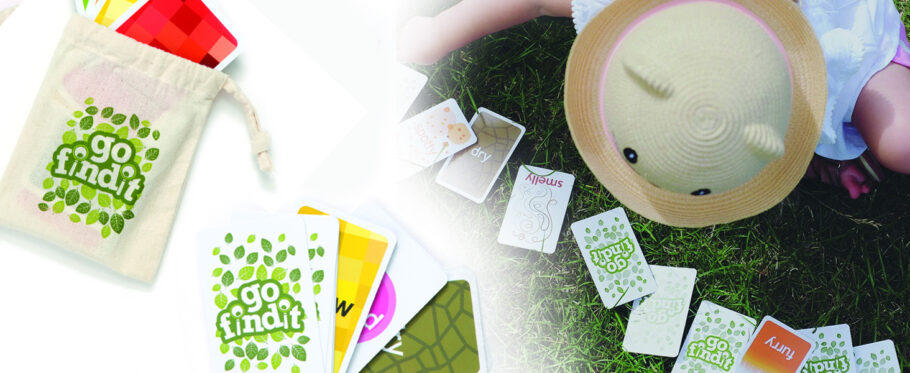
- Sensory Trust Inclusive Play 2020

